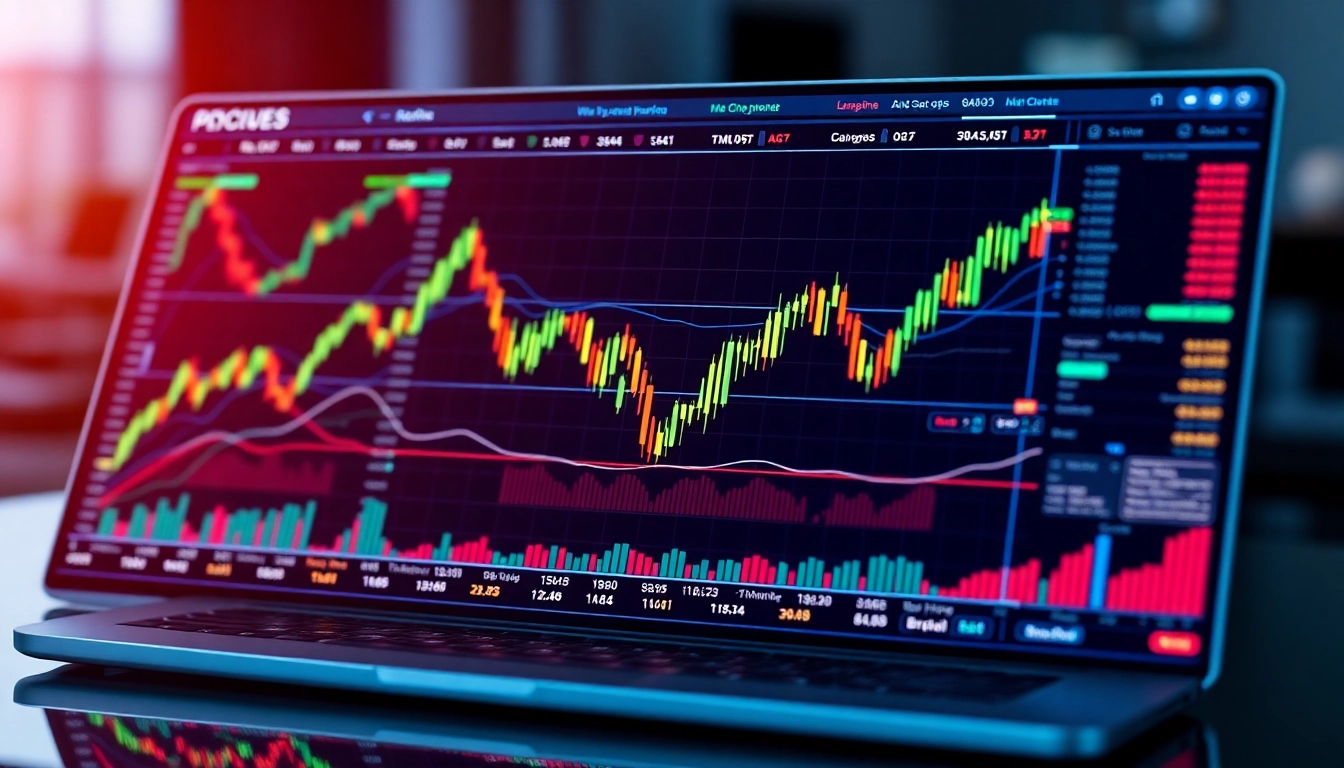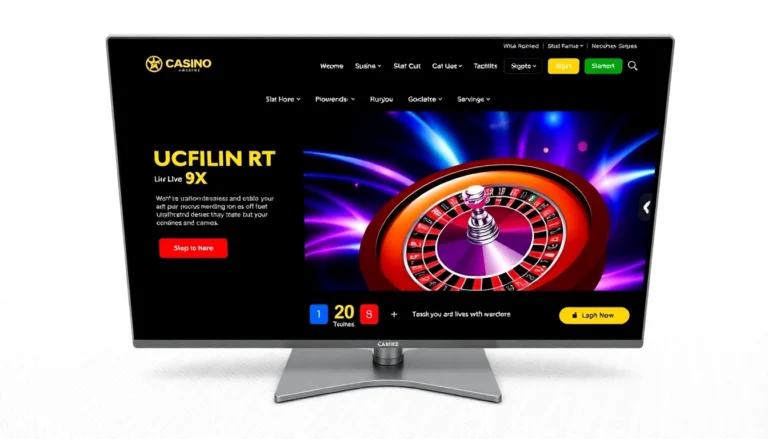Understanding Trading View: Features and Benefits
In today’s fast-paced financial markets, traders and investors require powerful, reliable, and versatile tools to analyze market data effectively. One platform that has revolutionized the way market participants view, analyze, and interact with global markets is trading view. Known for its comprehensive charting capabilities, real-time data, and social trading features, TradingView has established itself as an industry leader. This article explores the core tools and functionalities of TradingView, how it enhances market analysis accuracy, and its advantages over traditional trading platforms, offering a deep dive into how traders can harness its full potential.
Core Tools and Functionalities of Trading View
Advanced Charting and Visualization
At the heart of TradingView lies its robust charting engine, which provides access to a wide variety of chart types—line, bar, candlestick, and more. Users can customize these charts extensively, modifying timeframes from one minute to monthly, applying various color schemes, and overlaying multiple data series. The platform supports a dynamic and interactive interface where traders can zoom, pan, and annotate charts for detailed analysis.
Wide Array of Technical Indicators
TradingView offers hundreds of built-in indicators, ranging from simple moving averages to complex oscillators like RSI, MACD, Bollinger Bands, and Fibonacci retracements. Users can combine multiple indicators, customize parameters, and even create personalized scripts using Pine Script—TradingView’s proprietary coding language—enabling tailored strategies suited to individual trading styles.
Real-Time Market Data and Alerts
Access to real-time data across diverse asset classes—including stocks, forex, cryptocurrencies, commodities, and indices—is central to TradingView’s utility. The platform also allows users to set up customizable alerts based on price levels, indicator signals, and script conditions. These alerts can be delivered via pop-ups, emails, or SMS, ensuring traders stay informed even when away from their screens.
Social Trading and Community Insights
Unlike traditional platforms, TradingView integrates a social network where traders can share their ideas, strategies, and analyses. The community-driven aspect fosters collaborative learning, providing insights into market sentiment, popular trading ideas, and real-time commentary, thereby enriching individual analysis with collective intelligence.
How Trading View Enhances Market Analysis Accuracy
Accuracy in market analysis hinges on access to comprehensive data, precise tools, and the ability to interpret them effectively. TradingView excels in these areas by providing traders with robust analytical instruments and an intuitive interface that simplifies complex data. Advanced charting features let traders visualize multiple indicators simultaneously, helping identify key support and resistance levels. Moreover, the platform’s real-time alerts and community insights enable timely decision-making, reducing lag and enhancing response accuracy.
Case studies demonstrate that traders using TradingView’s customizable indicators and backtesting features can refine their strategies more effectively. The platform’s capability to analyze historical data with precision allows traders to validate their hypotheses before executing live trades, minimizing errors and boosting confidence in their decisions.
Advantages Over Traditional Trading Platforms
Accessibility and Flexibility
Traditional trading platforms often require hefty installations and are limited to desktop environments. TradingView, being web-based and mobile-compatible, grants traders seamless access across devices—be it desktop, tablet, or smartphone. This flexibility ensures that traders can monitor markets and act swiftly from anywhere, at any time.
Integration and Customization
TradingView’s open API and scripting environment enable a high degree of customization. Traders can build custom indicators, develop automated strategies, and integrate with third-party brokerage accounts for streamlined trading workflows. This level of customization surpasses many standard platforms which often restrict user scripting or integration capabilities.
Community and Social Interaction
Unlike proprietary platforms that operate in isolation, TradingView’s vibrant community fosters an environment for idea sharing and collaborative analysis. This social aspect not only broadens perspectives but also accelerates learning—beneficial for both beginners and seasoned traders.
Cost-Effectiveness
Many traditional platforms come with high subscription fees or hidden costs. TradingView offers various subscription tiers, including a free version with substantial features, making it accessible to traders with different budgets. Advanced features are available at affordable plans, providing excellent value for the tools provided.
Getting Started with Trading View for Beginners
Creating an Account and Setting Up Your Dashboard
Getting started is straightforward. Visit the official TradingView website and sign up with an email or social media account. Post registration, users are guided through customizing their dashboard—adding preferred assets, setting default watchlists, and arranging layout panels to suit their analysis style.
Navigating Charts and Customizing Layouts
New users should familiarize themselves with the chart interface—where to find timeframes, indicators, and drawing tools. Customization options allow users to save multiple layouts, switch between chart types, and overlay various indicators, creating a personalized workspace optimized for specific trading strategies.
Utilizing Basic Indicators for Effective Analysis
For beginners, mastering foundational indicators like moving averages, RSI, and MACD is crucial. TradingView simplifies this process through a user-friendly menu, enabling quick addition and configuration. Combining these indicators with trend lines and support/resistance levels helps identify potential entry and exit points.
Advanced Strategies Using Trading View
Implementing Technical Analysis Techniques
Advanced traders leverage TradingView’s capabilities for complex technical analysis, including pattern recognition, Fibonacci analysis, and Elliott Wave theory. The platform’s extensive library and scripting option allow for sophisticated studies and real-time updates, facilitating precise timing for trades.
Setting Alert Systems and Automated Signals
Automating trade alerts and signals is vital for capitalizing on market opportunities. TradingView’s alert system can monitor multiple conditions simultaneously—price breakouts, indicator crossovers, or custom script signals—reducing manual oversight and enabling proactive trading.
Integrating Trading View with Trading Platforms
For seamless execution, traders can connect TradingView with supported brokerage platforms, enabling one-click order placement directly from charts. This integration accelerates response times and simplifies the trading process, making complex strategies more manageable.
Optimizing Trading Performance with Trading View
Analyzing Market Trends and Historical Data
Backtesting strategies using historical data allows traders to evaluate performance and refine techniques. TradingView offers powerful tools to simulate past trades, identify patterns, and measure success metrics such as win rate, profit factor, and drawdown, ultimately improving trading psychology and risk management.
Developing and Testing Trading Strategies
Using Pine Script, traders can develop custom algorithms, run simulations, and optimize parameters within TradingView. This process helps identify robust strategies resilient across different market conditions, minimizing overfitting and enhancing profitability.
Measuring Success Through Analytics and Reports
TradingView’s built-in analytics provide detailed reports of trading performance, including detailed trade logs, performance metrics, and strategy insights. Regular review of these reports helps traders identify strengths and weaknesses, fostering continuous improvement.
Future Trends and Innovations in Trading View
Upcoming Features and Updates
TradingView continually evolves, with upcoming enhancements focusing on AI-driven analysis, enhanced scripting capabilities, and broader market integrations. These updates aim to provide traders with smarter tools, real-time collaborative features, and even more intuitive interfaces.
Community Insights and Collaborative Trading
The platform’s community features are expected to expand, facilitating collaborative trading, shared strategies, and live idea challenges. Enhanced social tools will foster richer interactions, democratizing market insights for all traders.
Leveraging AI and Machine Learning Enhancements
Artificial intelligence integration will likely play a pivotal role in future TradingView updates, offering predictive analytics, pattern recognition, and automated trade executions—pushing the boundaries of technical analysis and strategic adaptation.







